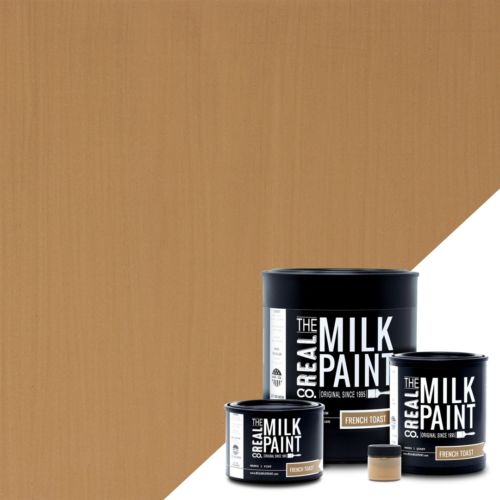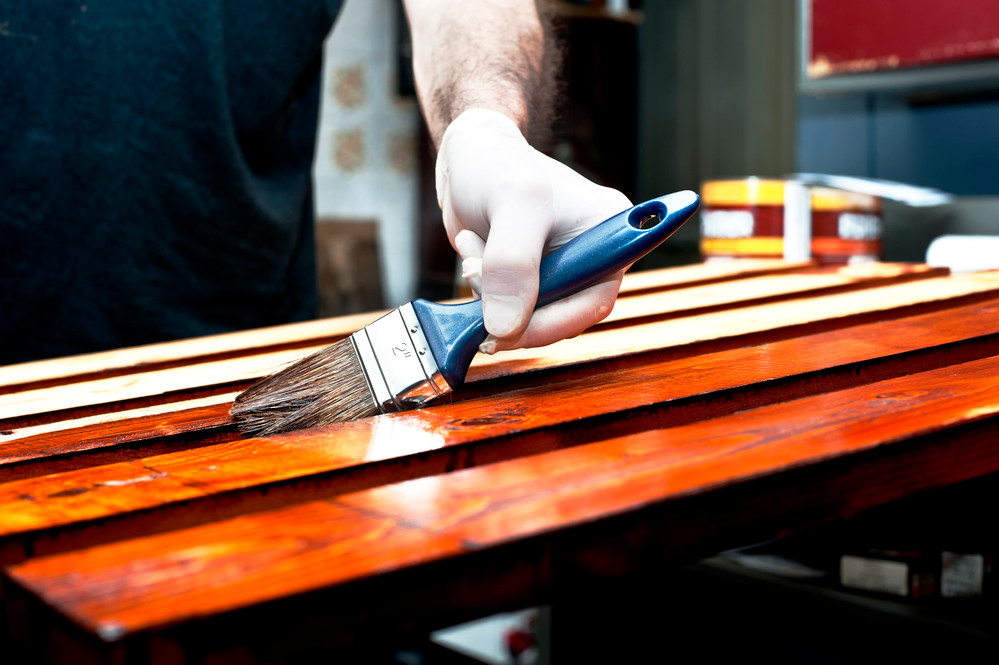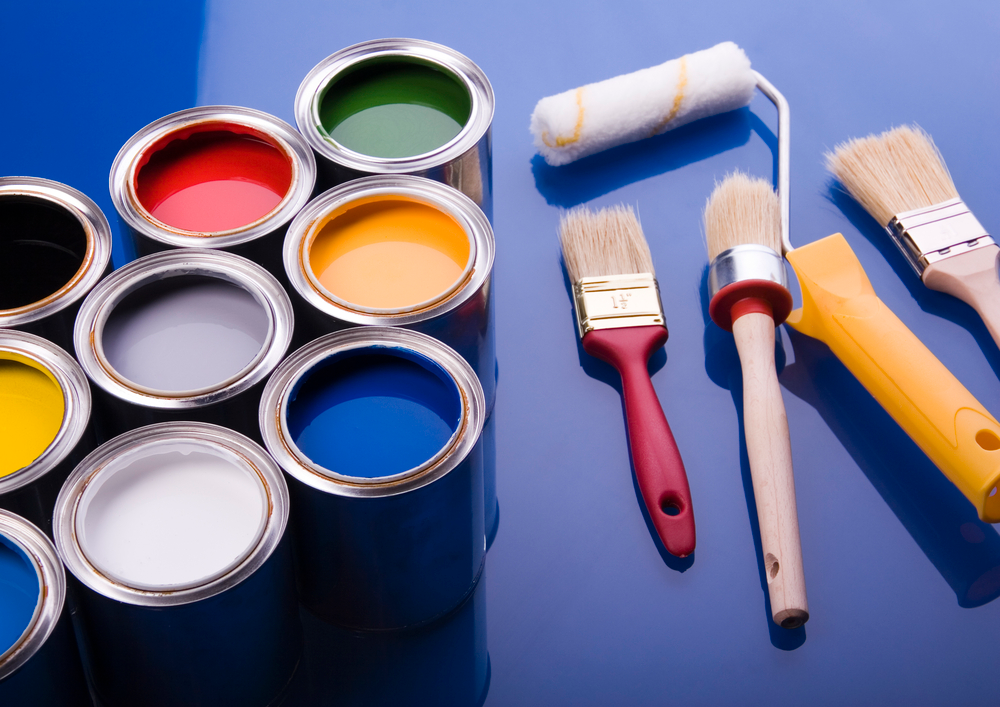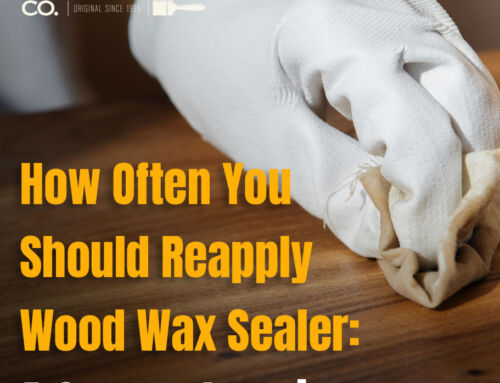Comparing Milk Paint vs. Regular Paint
A painting project is a great way to revamp a piece of furniture, bring new life to a room, or update your home. But when you get to the paint section, you may notice that there are lots of different types of paints to choose from, and you may be at a loss for what to pick.
There’s oil based paint, latex paint, chalk paint and other paints to use. There’s liquid paint and there are powdered form. One of the options you’ll have is milk paint, so today we’re going to discuss what is milk paint, compare it with regular paint, and explain why milk paint is better for your project, your home, and your health.

INGREDIENTS AND ENVIRONMENTAL CONSIDERATIONS
Typical paints that most people buy for projects around the house contain things like pigments, binders, solvents, and a variety of additives. The ingredients will vary depending on whether you’re looking at latex, acrylic, oil based paints, or alkyl paints. These regular paints are usually not environmentally friendly, they contain lots of VOCs, and exposure to them isn’t good for your health.
Milk paint, on the other hand, is made from simple ingredients and natural pigments like milk protein (sometimes referred to as milk casein), clay, and lime. These natural earth pigments mean it’s non-toxic, environmentally friendly, and doesn’t give off noxious fumes and odors making it a no VOC paint. Since Real Milk Paint uses only natural ingredients, it is the perfect paint for kid-friendly environments and always safe to use indoors. Real Milk Paint® is the only milk paint that has been tested and passed the U.S. Consumer Product Safety Commission standards for kids safety.
SUITABLE PAINTING SURFACES
With regular paints, you generally have to buy a specific type of paint depending on the surface you want to paint. For instance, you can use an oil paint on surfaces like concrete and stucco, but only after you seal or pre-treat the surface. Similarly, latex paint can be used on a lot of surfaces, but you can’t paint over previously painted surface with oil paint in it. Using milk paint with Ultra Bond, you can paint on virtually any surface even porous surfaces without sanding or priming first, and this includes:
- Wood
- Glass
- Metal
- Masonry
- Plastic
- Drywall
- Plaster
WHAT KIND OF PAINT FINISH DO YOU GET?

Oil and latex paints generally provide a consistent and even finish with a slight sheen. Milk paint produces a variegated, matte finish. With milk paint, you can either paint with it as it is, to create a naturally authentic look. When working on porous surfaces, milk paint works incredibly. When working on nonporous surfaces and you don’t want a worn, chippy look, you can add a bonding agent to the milk paint before application to create a consistent and predictable finish. Additionally, top coats, such as hemp oil, can be added to protect your painted surface over time, which tends to be a good option for furniture.
EASE OF USE
Milk paint is easy and quick to apply, it’s forgiving, it dries quickly—in as little as 30 minutes—and it’s very easy to create different finish effects with. All you need to do is to mix milk paint. Start by adding 1 part water to 1 parts milk paint powder. Then, stir the mixture together until it’s smooth.
Once your milk paint is mixed, you can start painting your first coat. Also, you don’t have to sand or prime many surfaces before applying milk paint, which means a project will take significantly less time.
While latex paint is easy to clean and fast drying relative to oil paint, it still takes several hours to dry, and you need to lightly sand, wash, and prime surfaces before painting. Oil paints require this same pre-treatment and cleaning process, plus they need up to 24 hours to dry.
Choose Real Milk Paint For Your Next Project

Aside from the fact that they’re both used to bring color to the world and breathe new life into rooms and furniture, milk paint and regular paints are otherwise very different. Their ingredients are different; they’re used on different surfaces and for different projects. They also produce different types of finishes, they’re used to create different effects, and they have varying levels of ease when it comes to application.
Our milk paint comes in milk paint powder form and can be used on a variety of surfaces – it even bonds to raw wood, concrete, and brick – requiring very little, if any, prep work. In general, it is easier to use, faster to dry, cheaper to buy, more fun to apply, and better for the environment, which is why we always recommend a true milk paint over regular paint for all your DIY projects, great and small.



